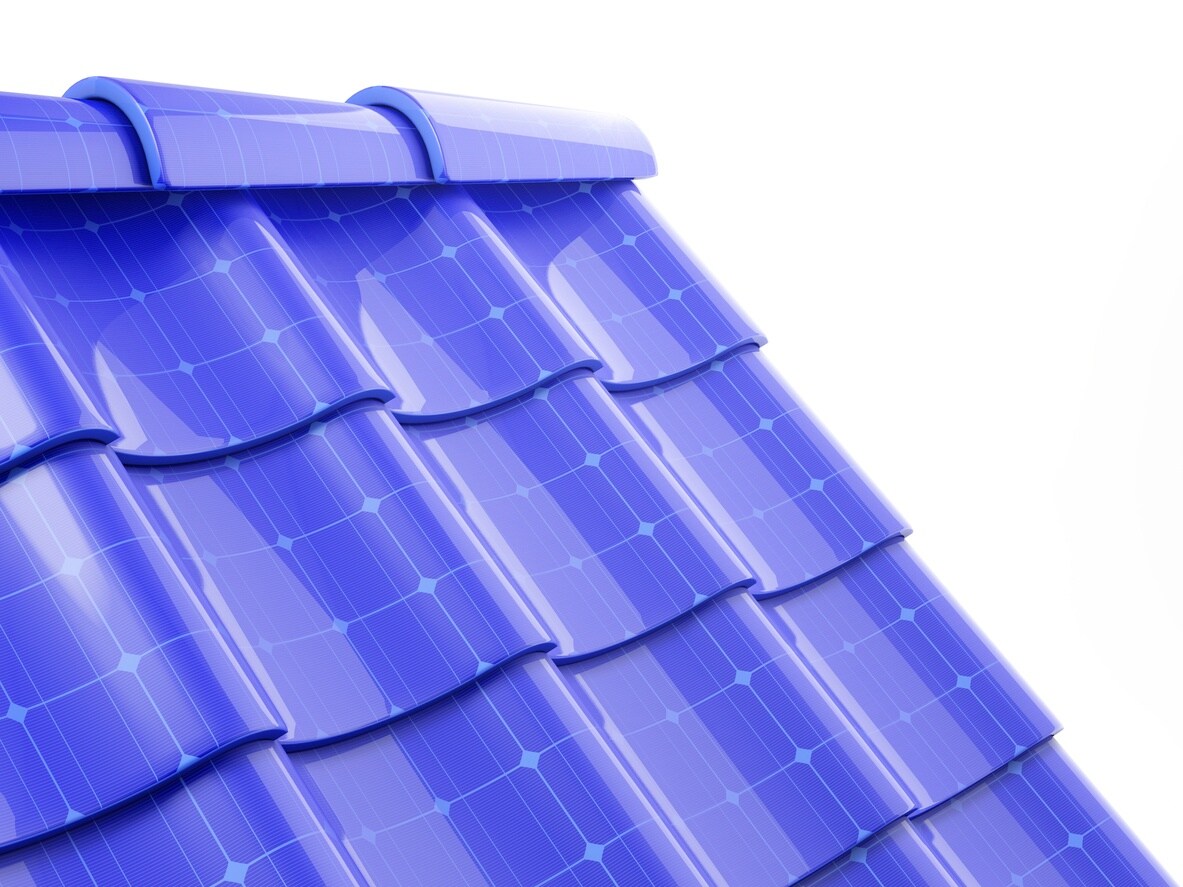History of solar cells
Working with metal electrodes in an electrolyte solution, French physicist Alexandre-Edmond Becquerel discovered the photovoltaic effect when he noticed that small electric currents were produced when silver chloride or silver bromide coated electrodes in an electrolyte solution were exposed to light. Over the next century, scientists continued to experiment with electrochemical materials that respond to light, leading to the development of the solar cell that today promises to help eliminate human dependence on energy from fossil fuels.
High efficiency solar cells
To create better solar cells, it’s important to understand the electrical properties of their materials. A fundamental property of elements is band gap (or energy gap), which is the minimum energy required by the electrons in the outermost shell of an atom to jump free of the atom, leaving a “hole” in the material. Materials such as copper have minimal band gap values, making them good conductors. Insulator materials have very high band gaps. And in the middle are semiconductors with intermediate band gap energies, measured in electron volts where one electron volt is the amount of kinetic energy gained by a single electron accelerating from rest. For example, silicon has a band gap of 1.1 electron volts.
While widely in use for decades, silicon-based solar cells have several disadvantages. Compared to newer technologies, solar grade crystalline silicon is heavy and inflexible. Several newer forms of silicon have been developed, but none of these materials can improve on the band gap properties of silicon.
Thin film solar cells
The second generation of solar cells are thin-film cells made up of very thin layers of photon-absorbing material layers deposited over a flexible substrate. The layers range in thickness from a few nanometers to tens of nanometers and use materials with high band gap values. The cells may be composed of metallic contacts such as zinc oxide and molybdenum surrounding a softer material, for example, copper-indium-gallium-selenide film (CIGS) and cadmium-sulfur (CdS). And they require thin-film technologies that are able to separate and analyze the various layers of these constructions.

Researchers are increasingly turning to XRD, XPS, and UPS as they strive to improve the efficiency of second-generation thin-film solar cells.
Today, scientists are increasingly turning to three techniques as they work to improve the efficiency of thin-film solar cells:
- X-ray diffraction (XRD) uses an X-ray energy source to diffract into a material, returning a signature of the crystalline structure of the material. In order to analyze thin film layers, our XRD instruments use a Grazing Incident sampling method. By slightly changing the angle of the material, the X-rays penetrate into the various layers of the thin film, presenting the analyst with an accurate representation of each layer. XRD presents a cost-effective and efficient method to look at thin-film mechanisms. And because the technique is non-destructive, the material is preserved for further analysis.
- X-ray photoelectron spectroscopy (XPS) is highly sensitive to the atomic composition of surfaces, presenting the elemental and chemical composition of materials such as bonding state information that can describe the electrochemical properties of solar cells. If we collect photoelectron information at the highest possible kinetic energy, we can investigate the valence electrons orbitals governing electrical properties of the solar cell material. Our XPS instruments feature ion etching capabilities that enable the analyst to remove materials from a fabrication layer by layer without destroying their chemical and electrical properties.
- Ultraviolet photoelectron spectroscopy (UPS) can monitor the band gap value relative to the amount of doping presented to the material, and if we measure the highest and lowest levels of kinetic energy, we can determine the minimum energy needed to remove an electron from a solid to a point immediately outside the solid surface.
As researchers investigate newer materials to improve solar cell efficiency, cost, and safety, XPS and UPS will become leading analytical techniques in solar cell research and development. XRD also provides an easy and non-destructive technique for the initial characterization of thin-film materials.
To learn more, watch our webinar, “Analysis of thin film solar cell materials.”
///
Speak with an expert: https://www.thermofisher.com/blog/microscopy/speak-with-an-expert/
Subscribe now: https://www.thermofisher.com/blog/microscopy/subscribe-to-accelerating-microscopy/
Want to speak to someone? Need a quote? Want a demo? |
Opt in for email communications on this and other topics. |
Leave a Reply